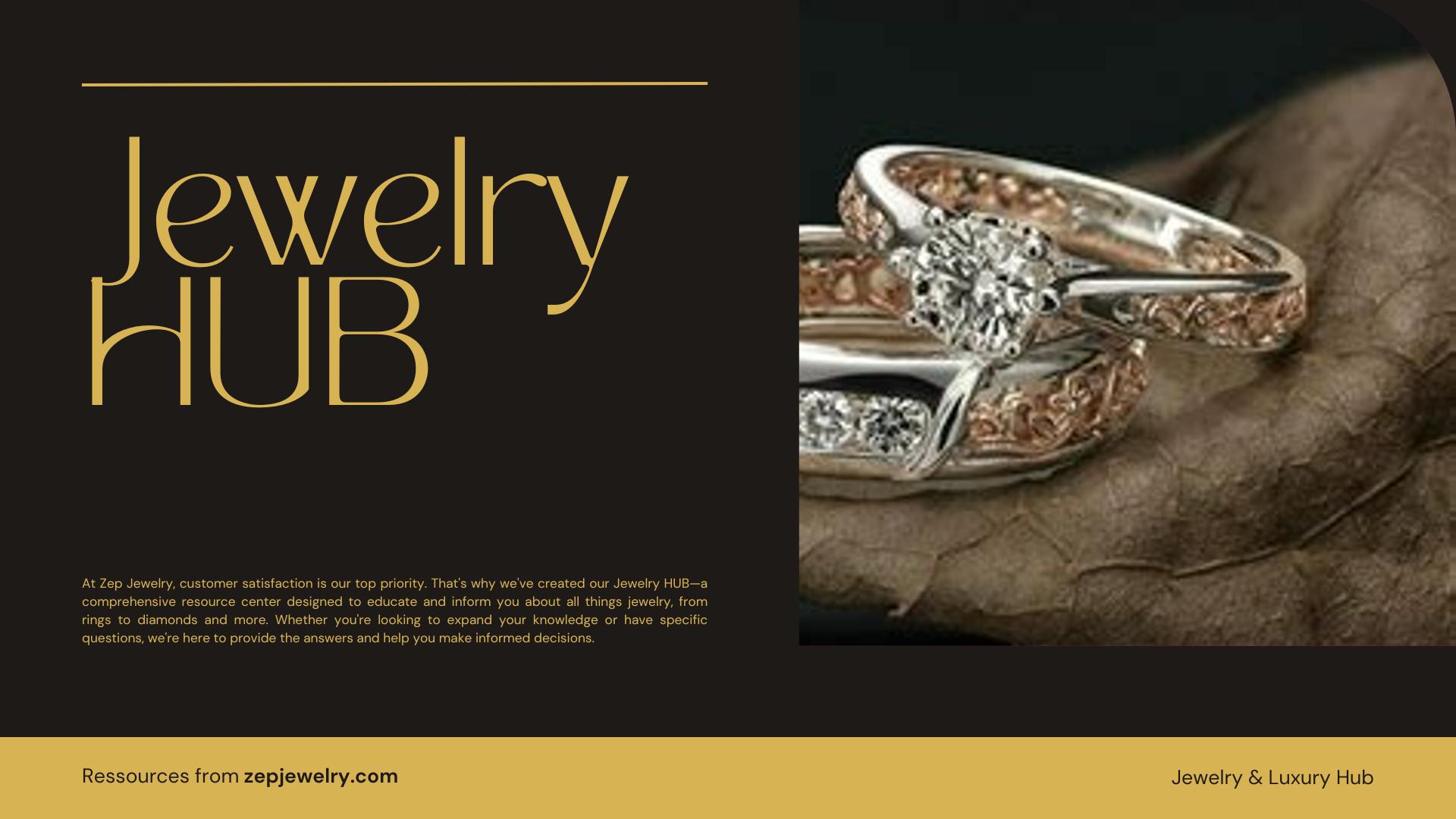Have you ever wondered why some jewelry photos dazzle like the pieces themselves while others fall flat? In the world of jewelry photography, the difference between mesmerizing shots and mediocre ones often boils down to a few key camera settings. Just as a skilled jeweler meticulously shapes and polishes every gem for maximum brilliance, photographers must navigate their equipment with precision. From mastering aperture to striking the right balance with ISO, understanding these settings leads to images that capture the intricate details and craftsmanship of each piece, compelling potential buyers to take a closer look.
What are the ideal camera settings for photographing jewelry?
To get stunning and professional-quality jewelry photographs, the recommended camera settings involve using an aperture of f/11 or even higher, which allows for a deeper depth of field and ensures that every intricate detail of the piece is sharply in focus. This level of clarity is essential because potential buyers want to see the fine details and craftsmanship in the jewelry they are considering purchasing. Along with the aperture, it’s best to set your ISO to the lowest possible value, typically ISO 100. A lower ISO drastically reduces noise and graininess, resulting in cleaner and more aesthetic photographs.
Another crucial factor is the accurate adjustment of the white balance. Proper white balance is vital for capturing the true colors of the jewelry, as it helps eliminate color casts that can distort the appearance of your pieces. You can set this manually based on the specific lighting conditions you’re working with, or you could utilize your camera’s automatic mode—just be sure to double-check the results to ensure that the colors appear as intended. This attention to detail in your camera settings will elevate the visual quality of your jewelry photography and enhance the overall presentation of your products, making them much more appealing to potential customers.
How can I effectively minimize reflections when photographing shiny jewelry?
Minimizing reflections in jewelry photography can indeed prove to be quite a challenge, especially when dealing with shiny surfaces that tend to reflect surrounding light. One of the most effective techniques involves using a piece of white paper or a board, angled strategically to diffuse light onto the jewelry piece rather than reflecting it back to the camera or your own image. By directing the light this way, you not only reduce the undesirable reflections but also eliminate harsh shadows, resulting in a cleaner, more professional look.
Another ingenious method is to take a standard white poster board and cut out a hole that conveniently aligns with your camera lens. This technique helps to create a barrier against direct reflections from the camera body, allowing you to capture your jewelry with impeccable clarity. The use of this makeshift shield ensures your shots remain focused solely on the jewelry, giving it the spotlight it deserves without any distracting glares or blurs.
Additionally, consider using polarized filters if you’re working with a DSLR or mirrorless camera; these filters can significantly reduce glare and enhance color saturation, making your jewelry photos pop. Remember to experiment with angles and lighting setups as well, as sometimes finding the perfect position can be just as important as the tools you use. With these tips and a little creativity, you’ll be equipped to showcase your stunning jewelry pieces without those pesky reflections stealing the show!
What tips can help me create a cohesive look across my jewelry product photos?
Consistency is vital in presenting your jewelry professionally. Start by using a unified backdrop for all your product photos, such as white paper sweeps or dedicated photography surfaces like Replica Surfaces. Establish a standard way to present the jewelry—whether hanging, on stands, or styled with props. The key is to avoid variations in backgrounds and lighting; this enhances symmetry across your images, making your collection visually appealing to customers.
Why is the choice of lighting important in jewelry photography, and what types should I consider?
Lighting significantly influences the quality of your photographs and the perception of your jewelry. Natural light is often the best choice as it creates soft, flattering illumination. If using artificial light, softboxes or LED lights positioned at a 45-degree angle can provide even light without harsh shadows. The goal is to optimize the light source so that it enhances the details and brilliance of the jewelry rather than obscuring them with harsh shadows or bright spots.
What are some effective techniques for editing jewelry photos post-shoot?
Post-production processing is crucial to refine your images. You can start by using photo editing applications like Pixelcut, which specializes in background removal and quick adjustments. Basic techniques include tweaking brightness, contrast, and temperature to ensure the jewelry appears vibrant and true to life. For those new to editing, numerous tutorials are available online that can rapidly enhance your skills and boost the professionalism of your final images.
What basic equipment do I need for taking quality jewelry photographs without breaking the bank?
You don’t need a high-end setup to capture beautiful jewelry images. Essential equipment includes a tripod to stabilize your camera, a quality camera or smartphone, and appropriate lighting sources, whether natural or artificial. Additionally, a simple folding table combined with white backgrounds (like poster boards or paper sweeps) will help create the necessary backdrop for consistent results. With these fundamental tools, even beginners can produce high-quality jewelry photography.
